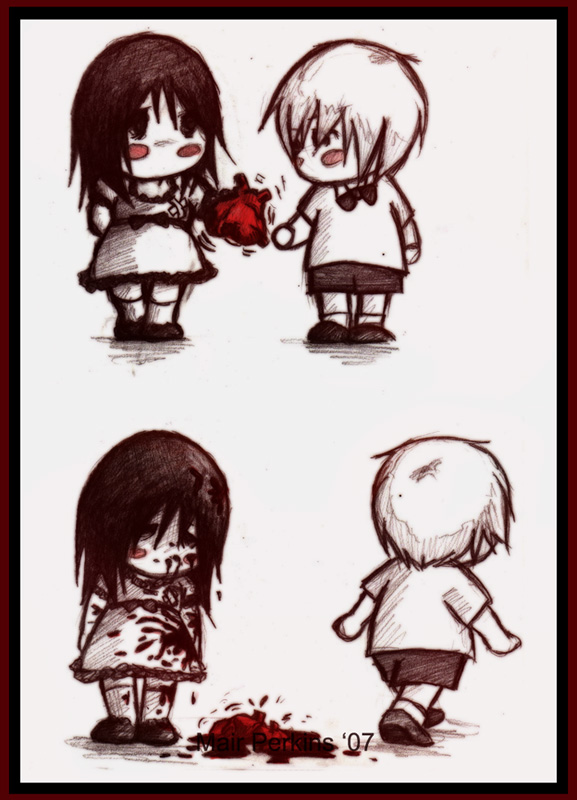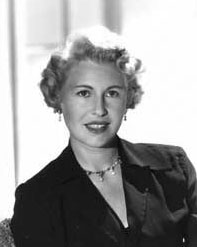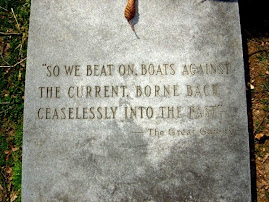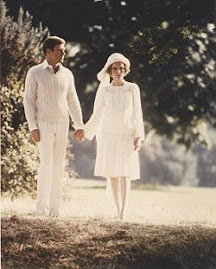



Prohibition- to be, or not to be? As of today, it is not to be, but in the 1920's Prohibition was in full force. Some people were happy about it, and some were not. It was in the Progressive Era that Prohibition came to be a consideration among Americans; it is estimated that the movement began in the 1870's. It was mainly pushed by progressive women. Prohibition called for a ban on making, selling, or distributing alcoholic beverages. Why was this? Reformers during this time believed that alcohol was the leading cause of crime, poverty, and violence against women and children. They also argued that ridding of alcohol would promote stability in families. The Anti-Saloon League and the Woman's Christian Temperance Union, or WCTU, were two groups that organized the fight to get alcohol banned from the United States. In 1919, the Congress answered the cries of the Americans pushing the Prohibition Movement. Congress ratified the Eighteenth Amendment, which prohibited the sale, manufacture, and distribution of alcoholic beverages. However, many people were not so pleased by the Eighteenth Amendment.
Prohibition really became the law of the land in the 1920's. Most people were against the idea of Prohibition, so they fought back in many ways. Prohibition gave a rise to smuggling operations, for one. Large amounts of alcohol came into America through many seaports and through Canada. The people that smuggled liquor into America were eventually known as bootleggers; these bootleggers were very difficult for the police to capture. Additionally, some people even made their own liquor at home with their own equipment! In the 1920's doctors were allowed to prescribe alcohol to the patients that needed it, so some people would pretend to be sick in order to receive alcohol "legally". Gangsters were born in the 1920's due to Prohibition. Al Capone, the most infamous gangster of the 1920's, used the alcohol trade to build a business that earned millions of dollars a year. In addition, speakeasies, illegal bars where alcohol was served, were formed all across America in the 1920's. This shows how prohibition had started to become a failed attempt in the 1920's; it also shows how most people didn't support the Prohibition Movement and fought against it. Consequently, the Eighteenth Amendment was repealed on December 5, 1933 for it's lack of popularity.
Sources:
Rosenberg, Jennifer. "Prohibition."
20th Century History. 2010. Web. 14 May 2010.
.
























































